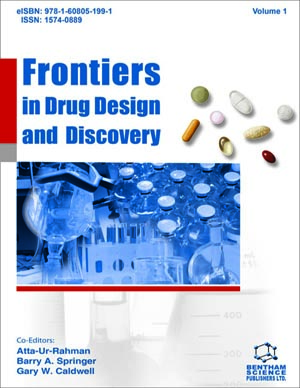Abstract
The advent in the mid to late 80s of the concept and methods of construction and high throughput screening of phage-displayed combinatorial libraries of proteins and peptides is a revolutionary step in the modern history of molecular biology and its area dedicated to make deep insights into the principles of inter-molecular recognition, the cornerstone of all mechanisms and processes in the living systems. High throughput screening of combinatorial libraries is a miniature model of selection of “best among many candidates” occurring everyday in the nature and resulting in this laboratory scale in new substances, peptides and proteins, with capacities of recognition of their partner molecules of extreme physiological significance required for the basic studies and resolution of chronically persisting and newly emerging biomedical concerns. In this review I intend to give a summary of the emergence of the methodology and its main achievements, focusing on the perspectives it shows for the drug design and discovery via the use of its highly effective protein-peptide engineering and selection techniques. The analysis is directed towards the most troubling infectious and autoimmune diseases (AIDS, hepatitis, cancer, diabetes, parasitological, toxicological). The objective of this review is to give a sketch of the frontiers in drug design and discovery based on the actual state of the research, the tendencies that are seen and the limitations that should be overcome to direct the potential of highthroughput screening technology to resolution of major medical problems.






















